Best Cities to Start a Business in the USA
January 23rd, 2025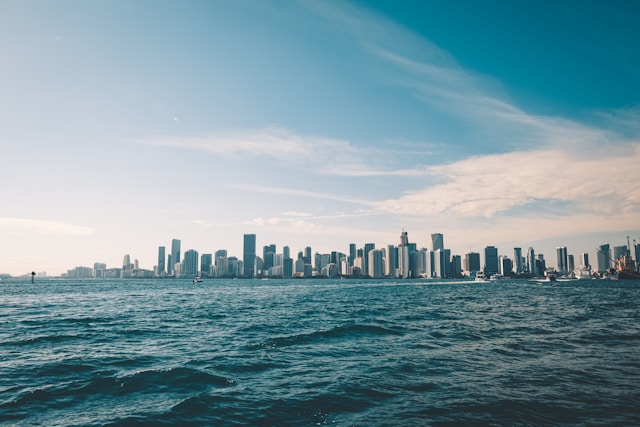
The United States boasts a diverse array of cities, each offering unique advantages for entrepreneurs. The country has a very dynamic business scene and ranks 6th among all OECD high-income countries for ease of doing business.
The United States is also the world’s biggest economy, with more than 33 million businesses, which confirms its standing as one of the most favorable environments for starting a business.
In addition to a vast consumer market, high rates of pay, abundant resources, and a culture that encourages innovation and entrepreneurship, the nation offers numerous opportunities for new ventures. However, choosing the right city to launch a new business is crucial to leveraging these benefits effectively.
This article explores the top 10 cities to start a business in the USA, highlighting what makes each location exceptional for entrepreneurs.
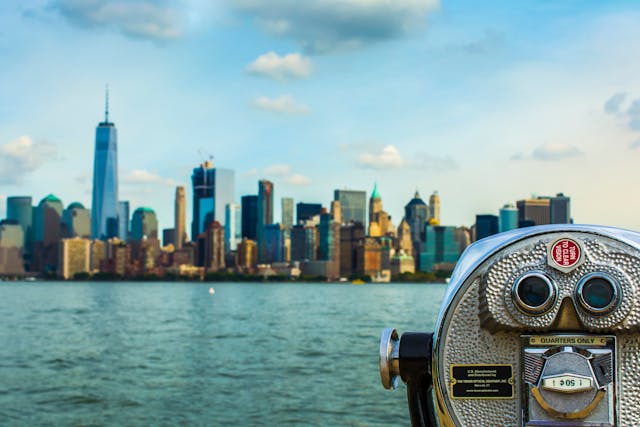
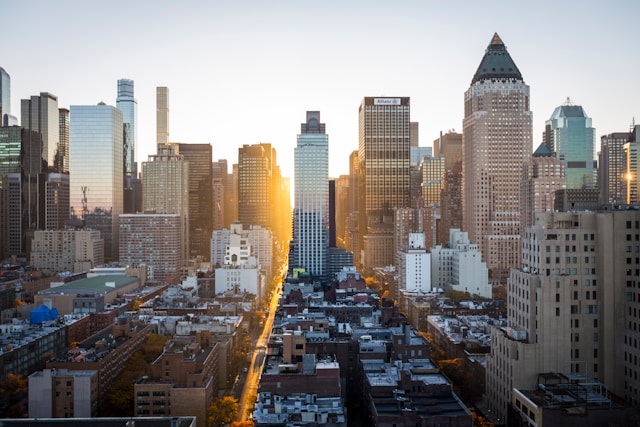
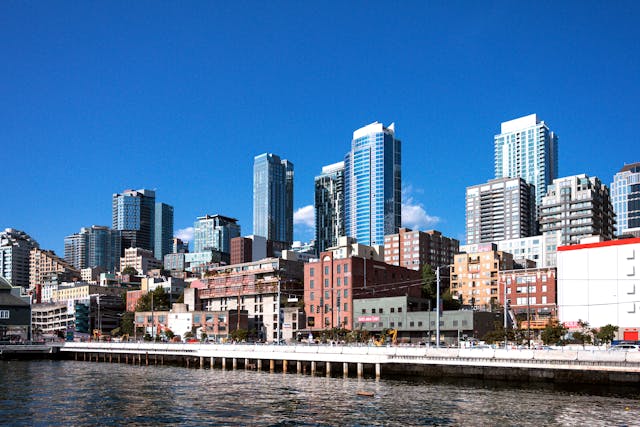

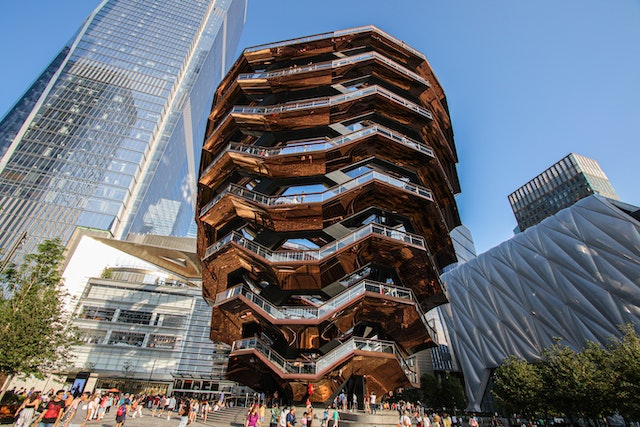
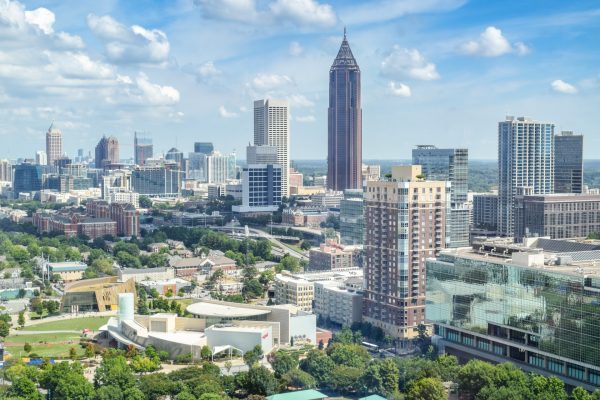
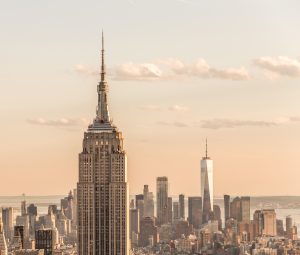 The Empire State Building, situated in vibrant Midtown Manhattan, was inaugurated in 1931 and soon after it became one of the most iconic high rises in the city of New York. The 102-storey art deco style skyscraper is located within walking distance of Herald Square and 33rd Street subway stations and is within easy reach of 16 subway lines.
The Empire State Building, situated in vibrant Midtown Manhattan, was inaugurated in 1931 and soon after it became one of the most iconic high rises in the city of New York. The 102-storey art deco style skyscraper is located within walking distance of Herald Square and 33rd Street subway stations and is within easy reach of 16 subway lines.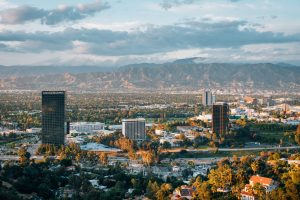 Los Angeles County is home to the nation’s second largest metropolitan area and to one of the world’s most powerful economies. The county is made up of 88 cities and has approximately 300,000 employers, which provide jobs to a workforce of nearly 5 million people.
Los Angeles County is home to the nation’s second largest metropolitan area and to one of the world’s most powerful economies. The county is made up of 88 cities and has approximately 300,000 employers, which provide jobs to a workforce of nearly 5 million people.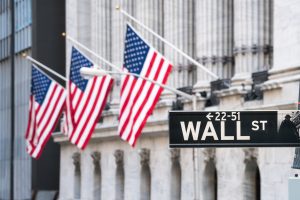 The Wall Street area is internationally renowned as the world’s financial capital and is an exceptional place to do business. Wall Street itself is a 0.5-mile long artery located between Broadway and South Street, and has a high concentration of highly successful banking and financial headquarters as well as large corporates.
The Wall Street area is internationally renowned as the world’s financial capital and is an exceptional place to do business. Wall Street itself is a 0.5-mile long artery located between Broadway and South Street, and has a high concentration of highly successful banking and financial headquarters as well as large corporates.